
Malaysia is home to nine wild cat species, including the Bornean clouded leopard (pictured). Besides the iconic Malayan tiger, little is known about these cat species, but most of them are threatened by habitat loss and poaching.
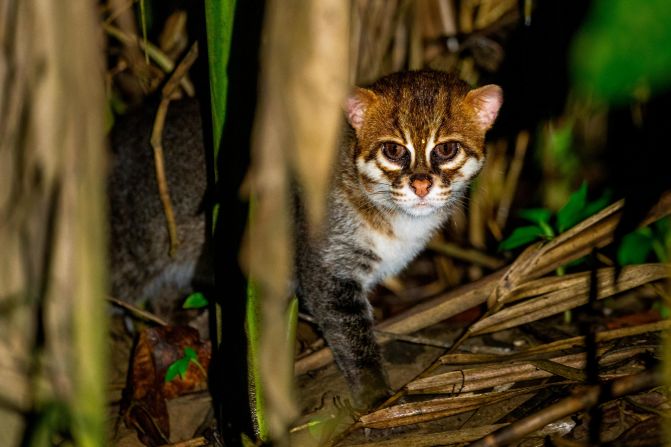
The flat-headed cat, which is about the size of a house cat, is one of the most elusive cat species and is listed as endangered by the International Union for Conservation of Nature (IUCN). There are few scientific records of it, but it is mostly observed in swampy wetland areas.
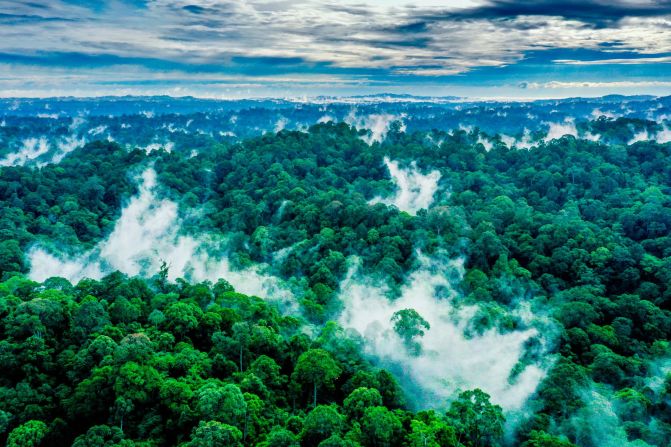
Malaysia is home to primary tropical rainforest which provides rich habitat for wild cat species.
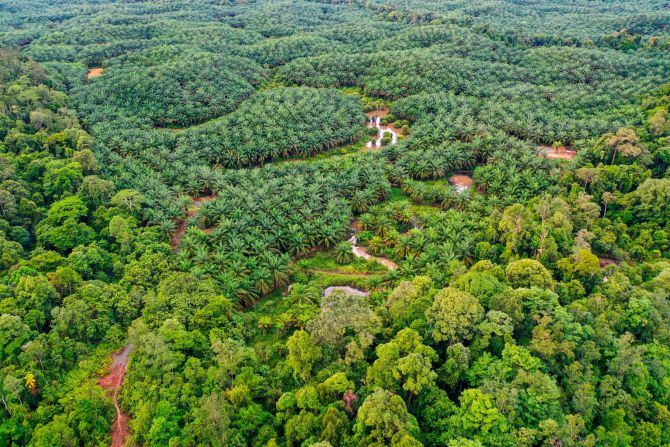
However, this forest has been overexploited for logging and palm oil plantations. Forest cover has declined dramatically, fragmenting habitat and threatening wildlife.
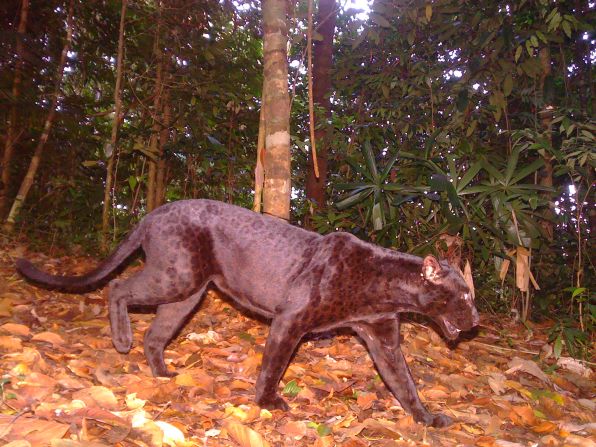
The Indochinese leopard is critically endangered. In contrast to other leopard species across the world a large percentage of the remaining individuals are melanistic -- meaning they are dark brown or black.
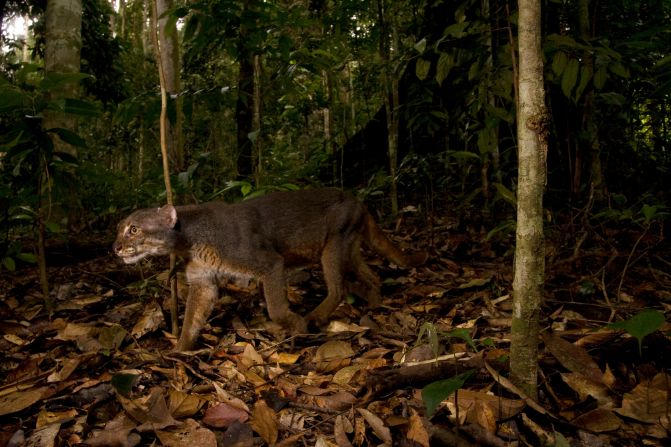
There are no population estimates for the endangered bay cat, but it's thought to be threatened by commercial logging and palm oil plantations.
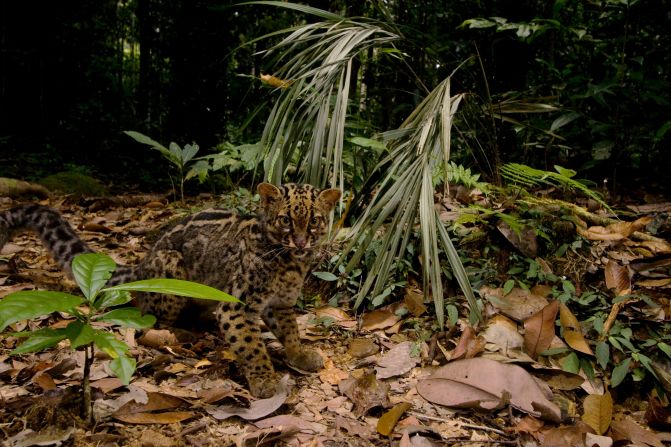
The marble cat, which lives in forested areas, is threatened by logging and hunting, because of the value of its skin, meat and bones.
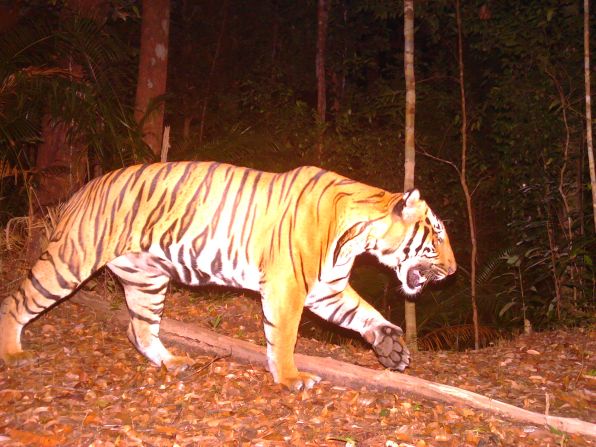
Populations of the Malayan tiger have suffered hugely from poaching and habitat loss, with fewer than 150 individuals left in the wild. They are hunted for their bones, meat, skin and teeth. It is hoped that conservation schemes and counter-poaching operations will protect the species from further harm.
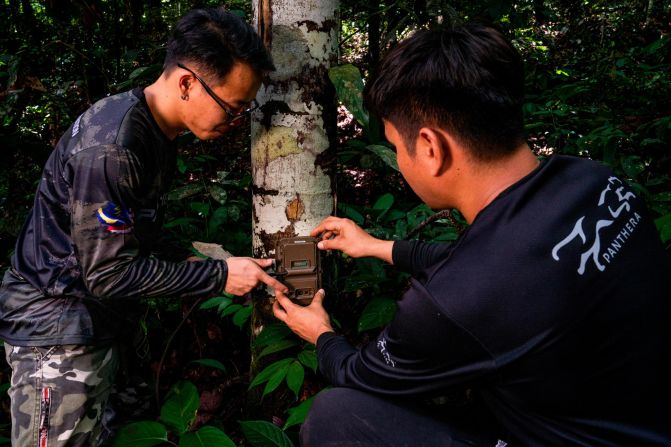
Here, two biologists fix a camera trap to a tree in a forest reserve in Sabah, Borneo. Camera traps have become an essential tool in observing wild cats, estimating populations and understanding how the species are responding to threats such as logging, poaching and agricultural development.



